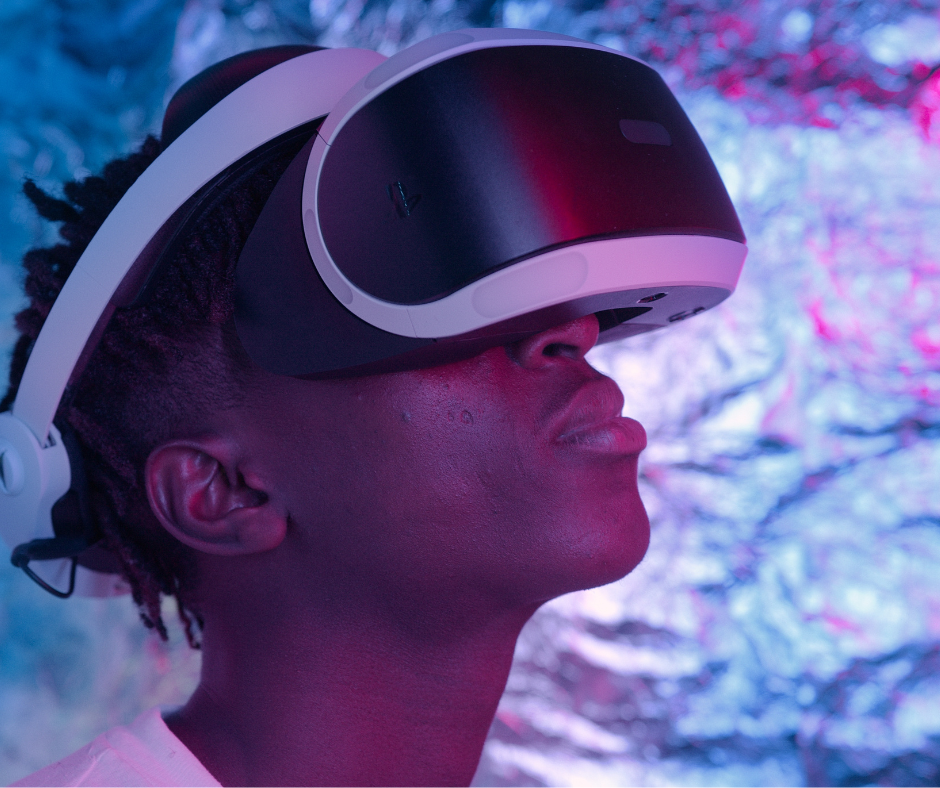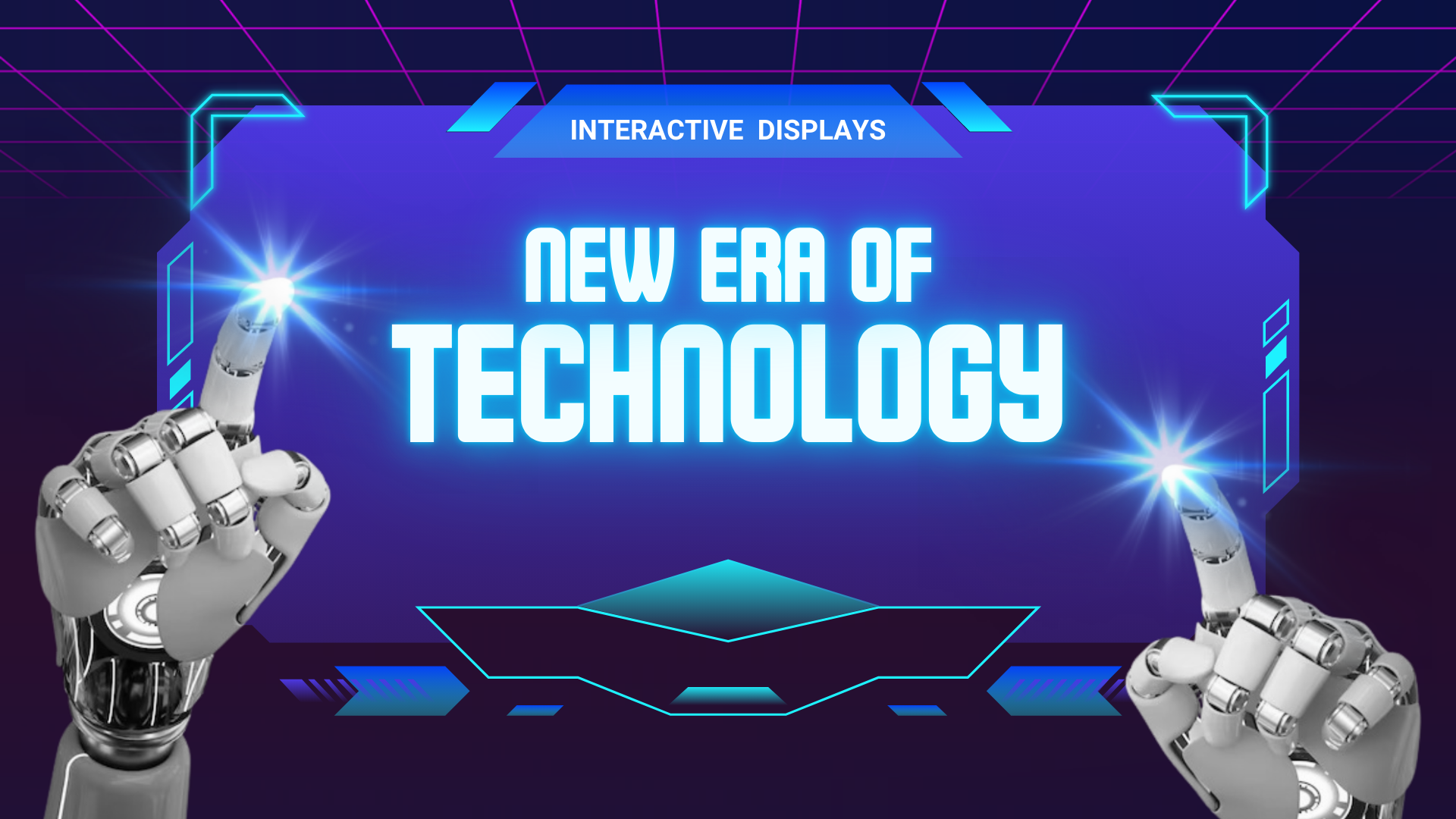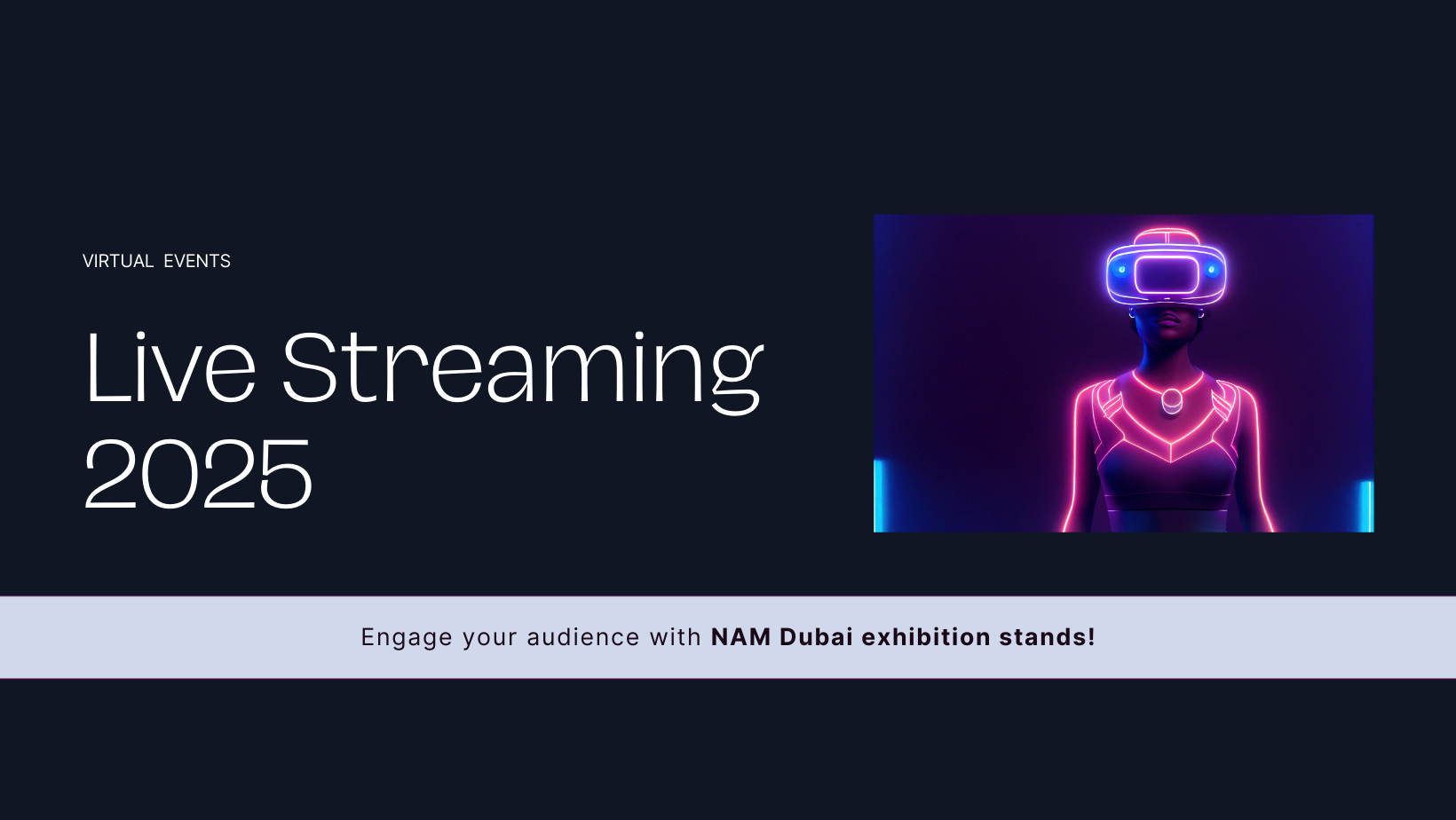
Technology Innovations in Events: Elevating Exhibitions in 2025
In the ever-evolving world of events and exhibitions, technology has become a pivotal force that shapes the way businesses engage with attendees. As we approach 2025, the role of technology in the events industry is expected to grow even more profound, bringing immersive experiences, enhanced interactivity, and greater efficiency. Over the years, innovations in technology have transformed how exhibitions are designed, executed, and experienced. From virtual reality to sustainable solutions, these advancements are helping organizations create more dynamic, engaging, and accessible events.
In this article, we will explore the technology innovations that are set to revolutionize exhibitions in 2025. From augmented reality to AI-driven experiences, the future of event technology is bright, and it’s essential for businesses to stay ahead of the curve.
1. Augmented Reality (AR) and Virtual Reality (VR)
Augmented Reality (AR) and Virtual Reality (VR) are among the most groundbreaking technologies in the event industry. AR overlays digital elements onto the real world, while VR immerses attendees in fully virtual environments. These technologies are redefining how brands engage with their audience by creating unforgettable, interactive experiences.

At exhibitions, AR and VR are used to showcase products, services, and brand experiences in innovative ways. Attendees can explore virtual product demonstrations, take immersive tours of a facility, or participate in interactive games that make the experience more memorable. For instance, automotive brands use VR to give potential customers a virtual test drive, while AR can bring products to life through interactive displays on smartphones or AR glasses.
2. Interactive Displays and Touchscreen Technology
Interactive displays and touchscreen technology have taken exhibitions to the next level by allowing attendees to engage with content in a more personal and hands-on way. These tools are more than just information kiosks; they offer dynamic, engaging interactions that allow users to explore, learn, and connect.

The primary benefit of these displays is that they foster deeper engagement and enhance the attendee experience. They allow for interactive presentations, product demonstrations, and real-time data collection. Additionally, touchscreens provide valuable analytics for organizers, including attendee preferences, time spent at certain displays, and key engagement points.
Some recent events have seen the use of large touchscreen displays where visitors can design their own products, watch live demonstrations, or even attend digital workshops. Such interactive installations encourage attendee participation, making them feel more involved and invested in the brand.
3. Artificial Intelligence (AI) and Chatbots
Artificial Intelligence and chatbots have transformed customer service in the events industry. AI-driven solutions offer personalized interactions by analyzing attendee behavior and providing customized recommendations.

AI and chatbots can be utilized to assist attendees throughout the event. Whether it’s helping with booth navigation, suggesting relevant sessions, or answering frequently asked questions, AI ensures a seamless experience. Additionally, chatbots can gather valuable data, such as attendee interests, for future marketing and engagement efforts.
4. RFID and Beacon Technology
Radio Frequency Identification (RFID) and beacon technologies are changing how exhibitors and attendees interact. RFID uses electromagnetic fields to automatically identify and track objects, while beacons use Bluetooth signals to communicate with smartphones.
![]()
RFID and beacons enable real-time tracking of attendees, allowing exhibitors to send personalized offers and notifications based on their location within the event space. These technologies also improve security and logistics by ensuring that only authorized personnel access certain areas. For example, event organizers can track attendee movements and provide insights into the most popular areas or booths.
5. Live Streaming and Virtual Events
The rise of virtual events and live streaming has redefined how exhibitions are delivered. Virtual events have enabled organizations to expand their reach, allowing attendees from around the world to participate without the need to travel.

Hybrid events, which blend in-person and virtual experiences, are becoming increasingly popular. They offer the flexibility of online access while maintaining the personal interaction of live events. Live streaming also enhances accessibility, ensuring that those unable to attend in person can still experience key sessions, product launches, and discussions in real-time.
A notable example of this shift is the success of fully virtual and hybrid exhibitions, such as global trade shows and tech events, where digital platforms allow for interactive workshops, Q&A sessions, and product showcases. These models are likely to continue evolving, making exhibitions more accessible to a global audience.
6. Data Analytics and Event Management Software
Data analytics is the backbone of modern event management. The power of big data allows event organizers to optimize everything from attendee engagement to event logistics.
With the help of data analytics, event organizers can make more informed decisions, improving marketing strategies and tailoring event experiences. It also aids in post-event analysis, helping brands understand attendee behavior, preferences, and overall satisfaction.
Using event management software, organizers can analyze attendee interactions in real time, refine event agendas based on engagement metrics, and create personalized marketing campaigns. These insights are crucial for enhancing future events and providing more meaningful experiences for attendees.
7. Sustainable Technology Solutions
As sustainability becomes a key focus across all industries, event technology is also adapting. From reducing carbon footprints to using eco-friendly materials, the events industry is increasingly embracing green technology.
In 2025, expect to see more energy-efficient lighting, biodegradable event materials, and waste-reduction technologies. Additionally, technology like smart power management systems and eco-friendly exhibition stand designs are helping reduce the environmental impact of large-scale events. Sustainable innovations, such as the use of solar-powered equipment and paperless event platforms, are becoming standard.
Conclusion
The rapid advancement of technology in the events industry is transforming exhibitions into dynamic, immersive, and more sustainable experiences. From augmented reality to artificial intelligence, these innovations are creating new ways to engage with audiences and streamline event management. As premier Exhibition Stand Builder & Contractor in Dubai, we look to 2025, staying up-to-date with these technologies is crucial for event organizers, exhibitors, and attendees alike.
As we continue to witness the evolution of technology in exhibitions, the question remains: How will you leverage these innovations to enhance your next event?
